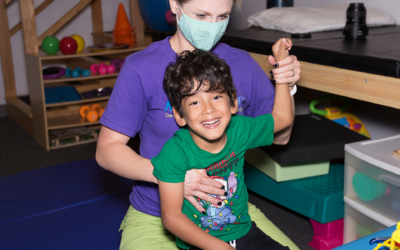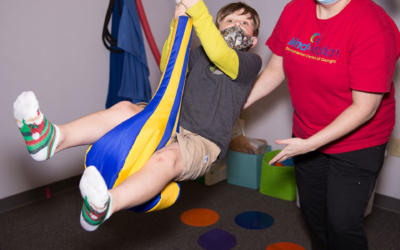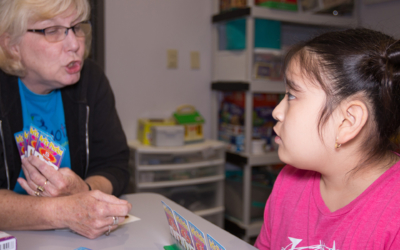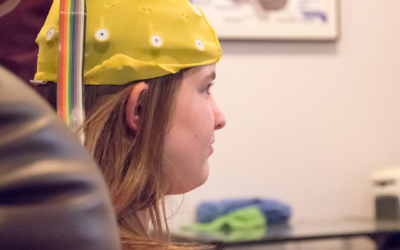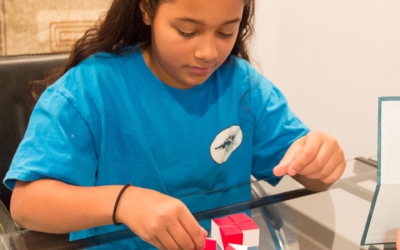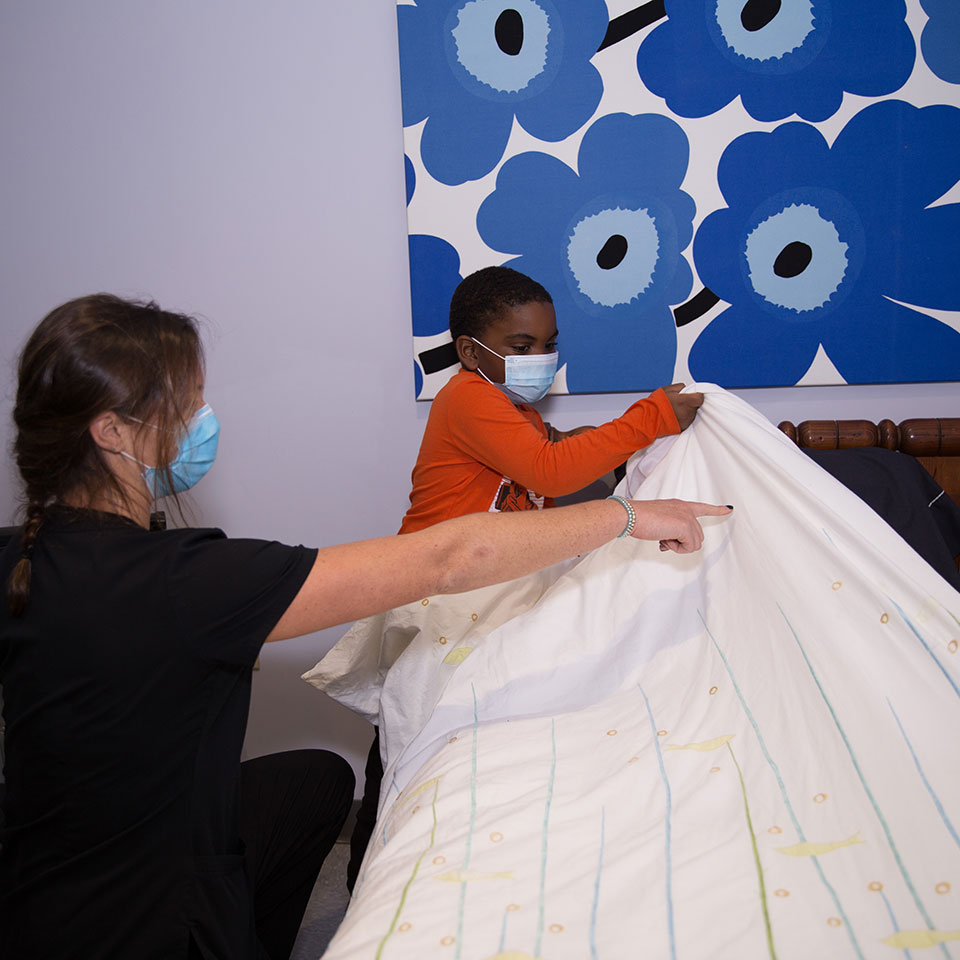
By: Elizabeth Yanow, PT, DPT
Pediatric physical and occupational therapy work closely together to help the child perform daily activities and functions to the best of their ability safely and independently. Though the goals of the two therapies may be the same, there are distinct differences in the two services. So what is the difference between physical therapy and occupational therapy?
Pediatric Occupational Therapy
Pediatric Occupational Therapy (OT) looks through a holistic lens of physical development and mental and emotional connections. At large, occupational therapy addresses activities of daily living. Activities of daily living (ADLs) are things we do daily to take care of ourselves. Some examples include bathing, dressing, feeding ourselves, going to work or school, playing and interacting with peers, communicating, and maintaining a safe environment.
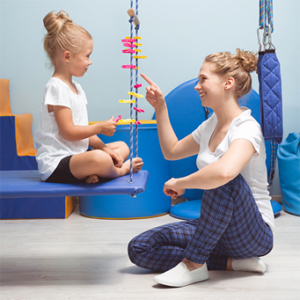
There are many things that can get in the way of successfully and independently completing ADLs, and a range of issues that can occur within the body that can lead to these difficulties.
From the strength and coordination of the smaller muscles that we use to button shirts, zip pants, or tie shoes, to how we perceive our body in space, to the way our clothes touch our body, to the way sound is processed in the auditory system, daily activities can end up becoming a challenge for children of all ages.
An occupational therapist also works to address emotional connections and regulation for social interaction among peers and adults. Some examples include making eye contact when talking to someone, managing social anxieties, following social cues, and maintaining peer relationships. Overall, these are all examples of ways pediatric occupational therapy can help your child perform as independently and safely as possible for their age.
Pediatric Physical Therapy
Pediatric Physical Therapy (PT) focuses on large functional movements that help you get to where you need to go. This can include activities such as walking, going up and down the stairs, getting up from the floor, and so much more. In order to achieve these large functional movements, the physical therapist might help improve your child’s flexibility and strength, or recommend things like orthotics, walkers, or wheelchairs depending on your child’s specific needs.
Your child may be able to do most functional activities on their own but they may still benefit from physical therapy. Physical therapy can also address pain management, including amplified pain, and how it impacts daily function. Pediatric PT can also help with skeletal alignment. For example, in patients with scoliosis, preventing the worsening of the condition through strength and mobility training. Lastly, children who can functionally move within their environment but suffer from disabilities often need modified exercise programs to maintain health as they age. A pediatric physical therapist is skilled in determining what exercises may suit your child better and can work with you to work an exercise program into your daily routine. Overall, PT works to improve overall independent and safe mobility in the home and community.
What is the Difference Between PT and OT?
There are some overlapping diagnoses that both OT or PT can treat, including torticollis, brachial plexus injury, reflex integrations, hypotonia, and proprioceptive awareness. It is important to discuss with your providers which therapy may be better suited to address these diagnoses at an individual clinic. It is also important to remember that you may have a PT and OT center that addresses these concerns together. If that is the case, the PT and OT will work together, with the family, to determine the best course of action in order to provide the best outcomes for your child.
Oftentimes, a PT and OT session can look similar, but they are really addressing very different goals to address developmental disabilities. For example, the occupational therapist might be using a picnic basket to assist in learning to set up and eat at a table, use utensils, take turns, and interact with a partner. For the physical therapist, the picnic basket might be used as a motivational distraction in order to work on sitting posture, squatting to pick up the objects that go in the basket, or reaching in different directions for the pieces to challenge balance.
View the table below for a breakdown of the differences between physical therapy and occupational therapy:
| Physical Therapy | Occupational Therapy |
|---|---|
| Focuses on movement dysfunctions, injury recovery, and body mechanics | Holistic approach focuses on activities of daily living |
| Goal is to treat mobility and function | Goal is improve independence in daily activities |
| Physical health | Physical, mental, and emotional health |
| Gross Motor Skills | Fine Motor Skills |
Overall, both pediatric therapies use therapeutic play to not only achieve goals, but develop a trusting relationship to continue building skills that will be used over a lifetime.
At Mind & Motion, our goal is to help your child reach their maximal potential to function as independently as possible in their home, school, and community. We are here to help. Contact us today for more information about pediatric physical therapy and child occupation therapy treatment.

